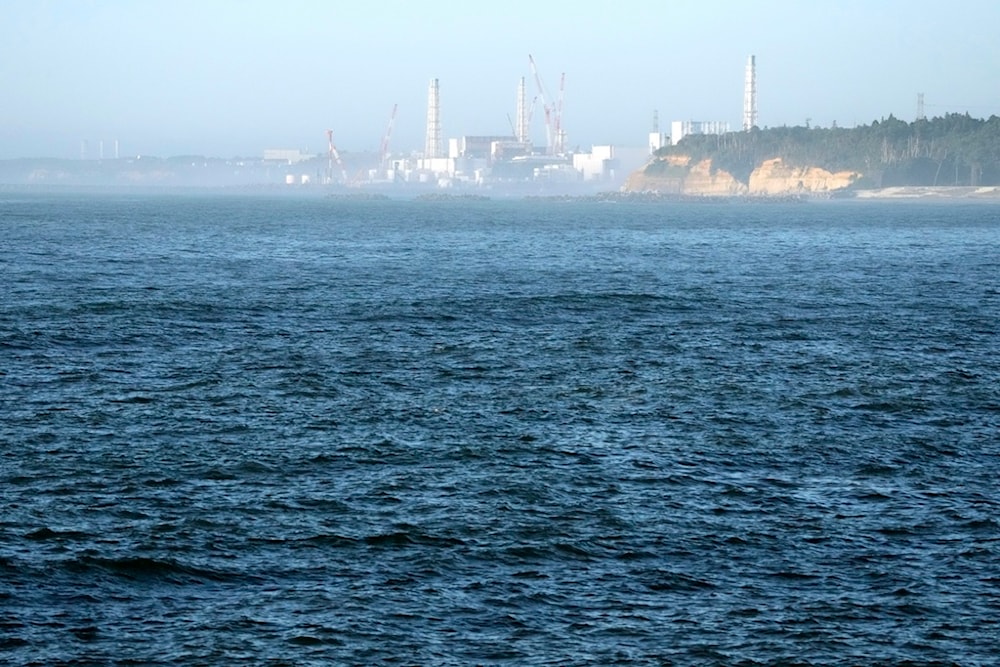Fukushima under focus as tons of dead fish wash up on Japan's shores
Thousands of tons of dead fish washed up on Japan's shore due to an unknown phenomenon that left authorities confused.
-

The Fukushima Daiichi nuclear power plant is seen from the nearby Ukedo fishing port in Namie town, northeastern Japan, on August 24, 2023. (AP)
Thousands of dead fish washed up on Japan's shore due to an unknown phenomenon that left authorities confused.
According to officials, around 1,200 tons of dead sardines and mackerels washed up along a kilometer of the Japanese island Hokkaido's shore. They warned against consumption, as the cause of death is yet to be determined.
A couple of days earlier, Nakiri, a town miles away from Hokkaido, witnessed a similar phenomenon when around 40 tons of dead sardines washed up on its shore. “I’ve never seen anything like this before. It was only around last year that we began to catch sappa in Nakiri. It makes me wonder if the marine ecosystem is changing,” a fisherman told Japan’s Mainichi Shimbun Daily.
Some experts speculated that the fish had been chased to exhaustion by amberjacks and bigger predatory fish, but the official reason remains unknown. The authorities plan to sample the waters to get a headstart on the case.
The Daily Mail hypothesized a connection between the phenomenon of dead fish and the contamination of Japan's waters by the Fukushima Daiichi nuclear plant, a theory firmly objected to by the Japanese government.
“There have been no abnormalities found in the results of water-monitoring surveys,” the Fisheries Agency said in response to the report by the British journal. “We are concerned about the proliferation of information that is not based on scientific evidence.”
This comes after fishermen have complained and opposed the dumping of wastewater from the plant into Japanese seas that began in August.
Japan begins dump of Fukushima wastewater into ocean
Back in October, Japan started releasing the second load of treated radioactive water from the damaged Fukushima nuclear power plant (NPP) into the ocean.
The NPP's operator, Tokyo Electric Power Company (TEPCO), started releasing part of the 1.34 million tons of the treated wastewater back in August, which prompted local and international condemnation.
In March 2011, Fukushima suffered one of the world's worst nuclear disasters since Chornobyl after a tsunami rocked the islands.
About 1.33 million cubic meters of groundwater, rainwater, and water that was used for cooling the three damaged reactors at the Fukushima site are now being released.
To remove the radioactive elements, plant operator TEPCO treated the water using its ALPS processing systems, which several neighboring countries have expressed skepticism regarding the system's reliability.
Read more: Beijing to ban certain foods from Japan over wastewater release plans

 3 Min Read
3 Min Read








